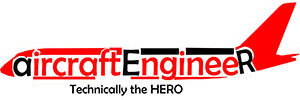Radome on Aircraft
A radome is a structural protection given to an antenna against weather and undesired physical interference. The radome material allows passage of relatively unattenuated electromagnetic signal across it. Radomes also come in other shapes and for other purposes. The big rotating “discus” or “flying saucer” on top of an AWACS airplane is a type of … Read more
